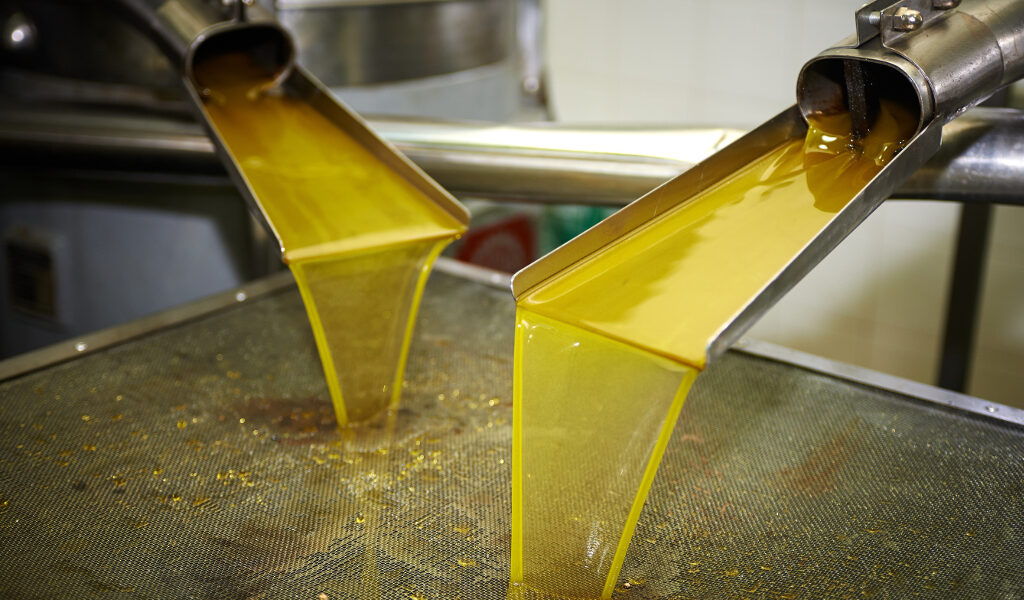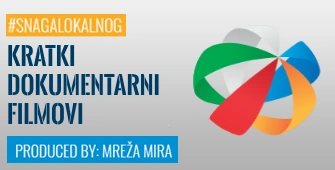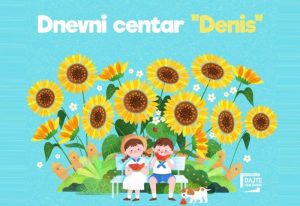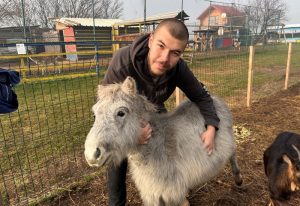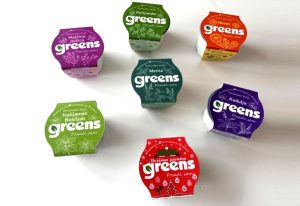The results of preliminary research on the share of total polyphenols in olive oil in Herzegovina were presented as part of the 24th International Event of Olive Growers and Oil Mills Nocnjak 2022, which is organized by the Cooperative Association of Dalmatia, held on Brac, reports Caportal.
This is a research conducted by prof. dr sc. Marko Ivankovic, Ph.D. Miro Barbaric, mrs. sc. Marija Prlic, M.Sc. sc. Maja Drmac and Kristina Batinic, B.Sc., in the period from 2019 to 2021, with a focus on Regulation 432.12 of the European Union.
Olive groves in Herzegovina occupy about 350 ha and are constantly growing, which is partly attributed to the good conditions for concessions granted in terms of agricultural land. There are a total of 10 large olive groves up to 50 hectares and 200 smaller ones which cover an area of about 0.3 ha.
– This number is very small when compared to Croatia and the rest of the world, but we are starting with a kind of olive boom since 2008. The number of oil mills is six, production is around 255,000 liters – said Dr. sc. Miro Barbaric, adding that the meaning of the development of olive growing is that it follows the development of the countryside together with agrotourism.
As many as 53% of young orchards in Herzegovina are olives, and as he stated, thanks to incentive measures, development is growing. There were 6,000 trees in this area in 1997, and today there are 87,000. Oil mills are located in the Ljubuški, Čapljina, Stolac, Mostar and Neum municipalities.
The development goals are to raise the area under olive trees to 1,000 ha within 5 to 10 years.
– During the research, a total of 333 samples of olive oil were collected at sites throughout Herzegovina and we looked to represent all municipalities because we are on the edge of the sub-Mediterranean climate, where very specific cultivation and assortment is narrowed. A total of 113 showed that they had a higher proportion of polyphenols of 250 mg per kilogram, and the number of those who were extra virgin was 320 – says Dr.sc. Barbaric.
He noted that in the years of planting, the varieties of the Croatian part of the Adriatic, namely Oblica, Istarska bjelica and Leccino, were strongly represented, while later they introduced some other varieties that significantly affected the polyphenol content.
– From the first year of the research until 2020, a growth of 940 percent was recorded, only to stabilize later and now it is up to 29% – he said, explaining that at the same time there was a growth of those who are considered to reach the recommended limit values.
Source: ba.ekapija.com

